How To Create A Home Theater
How to create the perfect home cinema system
Get the big picture and sound for films and sports
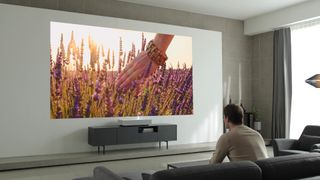
(Image: © LG)
Audio and TV technology has vastly improved in recent years, which means it's possible to create a home cinema setup that can (almost) rival the real thing. And at a time when movie theaters are either closed or only half-heartedly starting to reopen, knowing how to piece together your own home cinema setup has never felt more crucial.
We've outlined all of the key components you need below. But don't feel like you have to blow a small fortune right away. Each one of these products can be a huge difference to the sound and audio quality in your home.
Below you'll find a guide to the type of tech you need to complete your home cinema setup. But we've also collected together the best of the bunch and suggested the products you should consider in our best home theater system guide too.
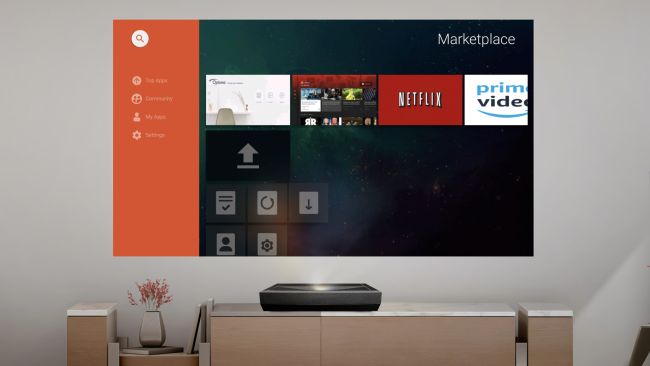
1. Choosing a projector
A projector is by far the best-value way of getting 50-inch+ images.
The projector is the most important part of a home cinema, since it's this that helps you go way beyond the size of a TV – and create a picture as big as 150 inches in diameter.
Aside from a couple of very pricey Ultra HD 4K options, Full HD models dominate, and start at around £600 / $600 / AU$900.
Film fans planning to watch only in a blackout need not worry much about brightness, but for sports fans the lunchtime kick-off means looking for a projector that offers at least 2,000 ANSI Lumens brightness.
However, make sure you buy a home cinema-centric model, rather than one meant for business presentations. The giveaway is on the back: if there are a rash of VGA, audio and composite video ins and outs, avoid it – all you're really looking for is a couple of HDMI inputs.
Note that projectors boasting a 3D-ready spec almost always require an additional purchase of transmitter and 3D glasses.
Look for zoom and lens shift specs, too. The biggest problem with a projector is achieving a dead straight-on image within the confines of a projector screen, but this can be overcome easily if you choose a product with decent optical zoom (1.5x will probably do) and both vertical and horizontal lens shift.
- Best projectors: the home cinema projectors worth buying
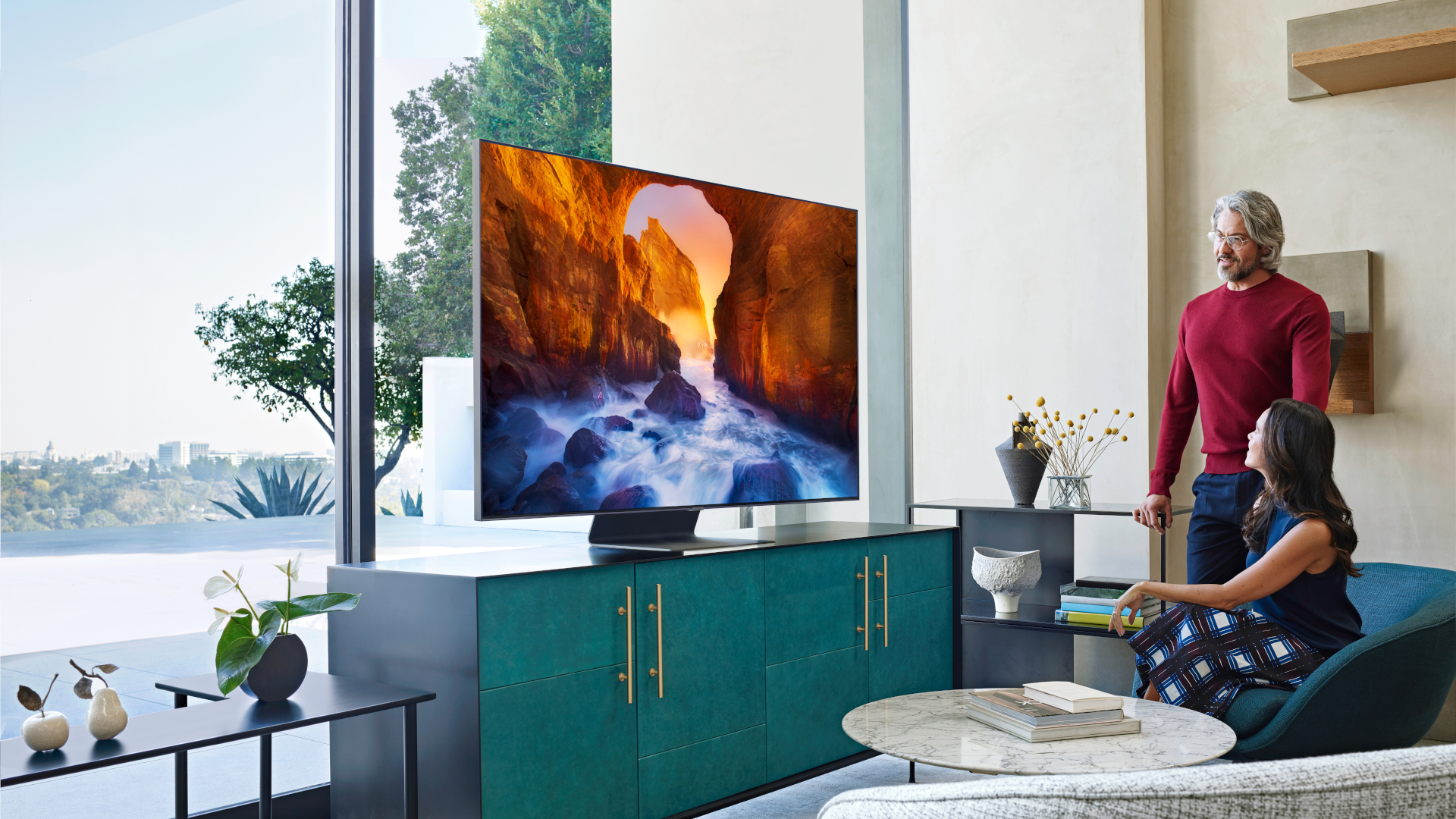
2. Choosing a TV
A smart TV is handy if you want to stream movies.
You want Ultra HD 4K? Or Full HD? Direct LED or Edge LED? Maybe even an OLED?
It's likely that you're actually after the best-value TV possible, combining as low a price as you can find with as big a screen as there is available.
A few years ago this would have provided a hit and miss result, but since plasma technology has disappeared from the scene and LED-backlit LCD TVs (to give them their proper name) have significantly improved, it's getting increasingly difficult to make a bad move when you're after a home cinema centrepiece.
Though the panel tech is largely settled (unless you go for a moneybags OLED TV), look for a 200Hz panel for ultimate blur-free images, being careful to ignore the 2000Hz-like figures arrived at by 'creative marketing'.
Dig deep into the spec sheet.
Just as important is access to apps like Netflix, Amazon Instant and BBC iPlayer, all of which will provide the movies and TV you want to watch on the big screen.
- Best TV: amazing flatscreen TVs to buy
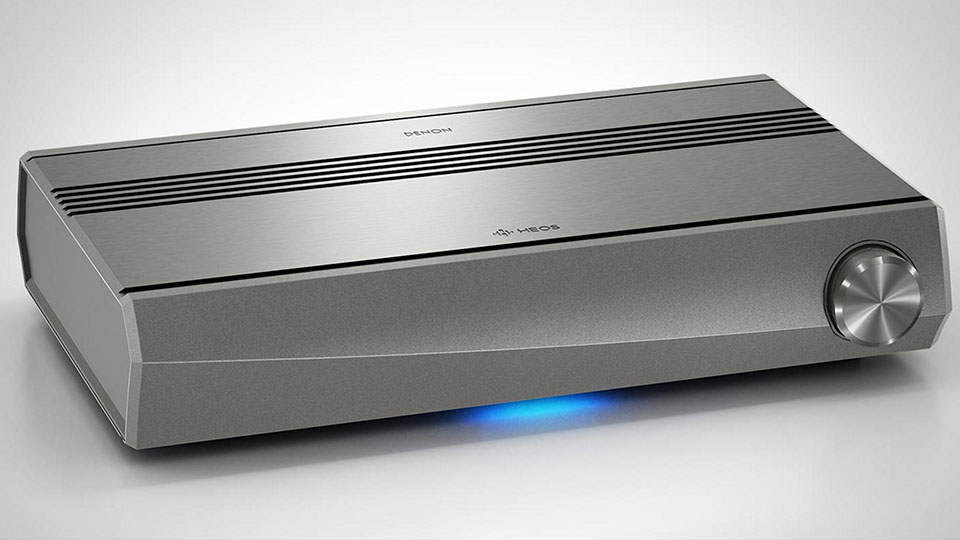
3. Choosing components
An AV receiver is an essential purchase if you opt for separate speakers.
A projector screen is not essential, but will improve the quality of the images ten-fold since they're made using reflective material that improves the brightness, colour and detail of the image. Motorised screens can be expensive, but do add a tempting touch of class.
Though most home cinema owners can't resist hooking-up a games console and/or a digital TV set-top box to their projector, a Blu-ray player remains a staple of the home cinema. If you're looking to improve the number of apps on your smart TV or projector (many projectors feature older operating systems without up-to-date app support), it might be worth getting an Apple TV, Chromecast, a Roku or a Fire Stick as well.
Whatever source of video you're using, home cinema is 50% about sound, and only a 5.1, 7.1 or 9.1 surround sound system will help recreate the multiplex experience.
An easy all-in-one option is a Blu-ray home cinema system from the likes of Sony, Samsung, Panasonic or LG. Those wanting to purchase individual speakers from boutique home cinema brands will need an AV receiver, all of which have HDMI switching.
Some even include Bluetooth music streaming for phones, and apps for optimising sound quality.
- Best AV receivers: which home cinema AV receiver should you buy?
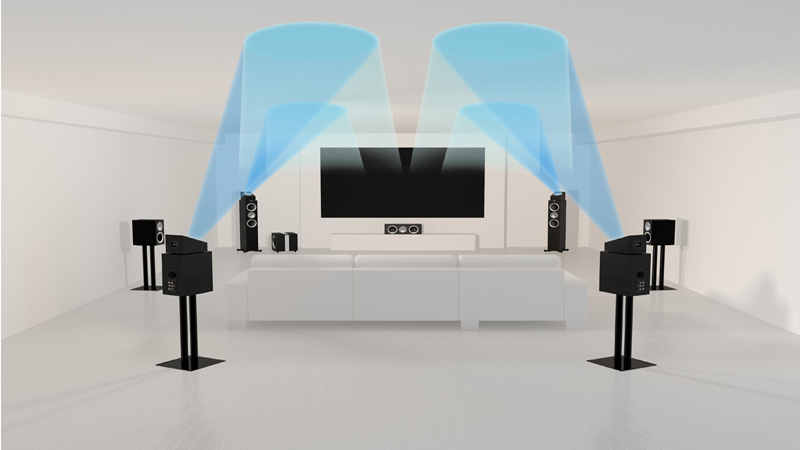
4. Choosing and placing speakers
Speaker placement and volume levels are all-important.
A soundbar or stereo speakers isn't home cinema, whatever 'virtual surround' claims are made by manufacturers. For total absorption, only a proper surround sound set-up of five/seven/nine satellite speakers and a subwoofer will do.
Place the centre speaker underneath (but as close as possible to) the TV or projector screen, for this is where dialogue comes from. Then place left and right front speakers either side of the TV or screen, perhaps in the corner of the room.
The rear speakers go behind you, directly opposite the front speakers, and round-off a 5.1 set-up. A 7.1 set-up adds side speakers, while a 9.1 channel system adds front height speakers.
The subwoofer can go anywhere in the room, as cabling allows.
Next comes the tune-up for your viewing position – the 'sweetspot' – which is often done via test tones through a set-up app or a microphone. The aim is to balance the volume levels for maximum realism.
- Best Dolby Atmos speakers: your guide to getting amazing object-based audio

5. Connecting everything together
HDMI 2.0 cables are fit for 4K.
No doubt about it, the key cable in home cinema is HDMI, which effortlessly delivers an all-digital signal between AV gear.
In your typical home cinema setup, a HDMI cable will take sound and video from a Blu-ray player and a games console into an AV amplifier, which acts as a switching device sending everything out into a projector or flatscreen TV, again via HDMI.
Analogue component video cables can be used to carry high-definition video, though it's been dropped by the industry in the last few years, so this only now applies to legacy gear. If you're thinking of embracing 4K, make sure any HDMI cables you buy are compatible with the HDMI 2.0 standard (if not the newer HDMI 2.1).
However, don't be tempted to purchase upgraded or gold-plated HDMI cables for extra money; the only reason for paying any more than a few shekels is if you're after a particularly long cable of more than a few metres.
- HDMI 2.1: what the new cable standard means for your TV

6. Finishing touches
A smart bulb is an easy way to add remote control lighting.
You might want to think about some basic home automation, which is so often the icing on the cake in a home cinema. Happily, there are plenty of off-the-shelf products that can add some sparkle to your screening room.
Perhaps the most useful is the universal remote control from brands such as Logitech, Nevo and One For All, which can be programmed to control all of your gear by scenario. For instance, you hit the 'movie' button and the projector, Blu-ray player and amplifier will switch on in pre-defined modes, while pressing 'games' will wake the Xbox or PlayStation.
You can even program these remotes to dim the lights if you have IR light switches from the likes of Lutron or Varilight. Or you could just go for an app-controlled smart bulb from the likes of Philips Hue, WeMo or Oort.
- Best smart light bulbs: the top smart lights from Philips Hue to Hive

Jamie is a freelance tech, travel and space journalist based in the UK. He's been writing regularly for Techradar since it was launched in 2008 and also writes regularly for Forbes, The Telegraph, the South China Morning Post, Sky & Telescope and the Sky At Night magazine as well as other Future titles T3, Digital Camera World, All About Space and Space.com. He also edits two of his own websites, TravGear.com and WhenIsTheNextEclipse.com that reflect his obsession with travel gear and solar eclipse travel. He is the author ofA Stargazing Program For Beginners (Springer, 2015),
How To Create A Home Theater
Source: https://www.techradar.com/how-to/how-to-create-the-perfect-home-cinema-system
Posted by: oneallaremas.blogspot.com

0 Response to "How To Create A Home Theater"
Post a Comment